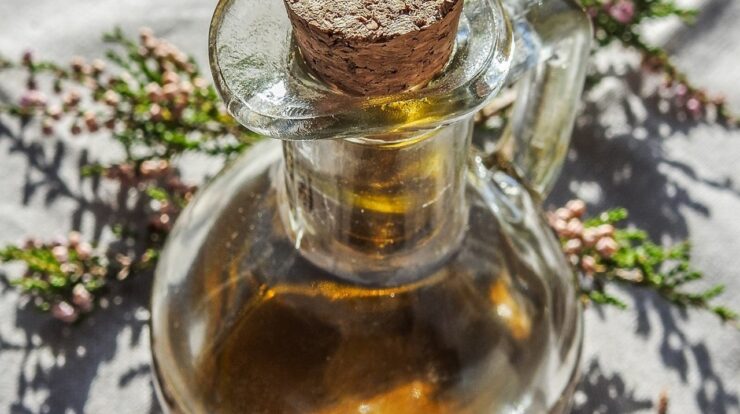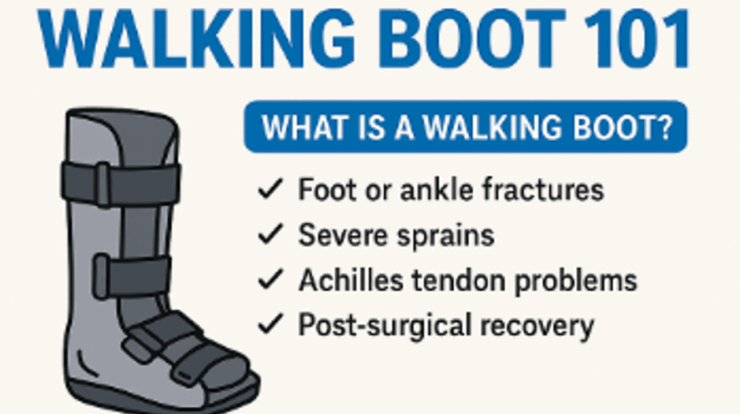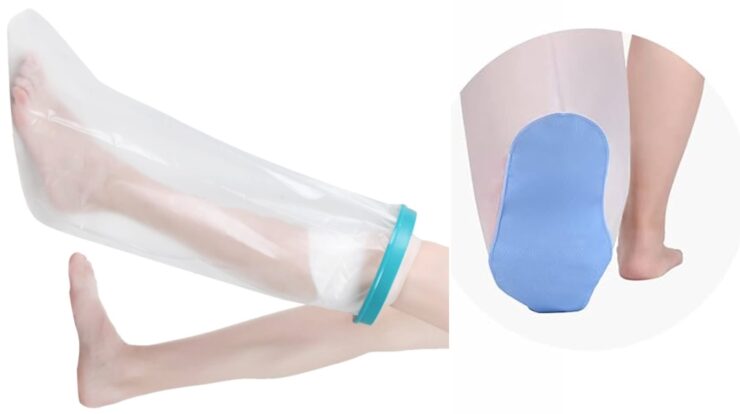
Bone injuries can take time to heal, often requiring weeks or even months of rest, rehabilitation, and proper nutrition. While conventional treatment methods, like physical therapy and medications, are essential, some people also turn to natural remedies, like essential oils, to support bone healing.
Essential oils, with their anti-inflammatory and pain-relieving properties, can help ease discomfort, reduce swelling, and potentially support the healing process. Here’s a look at some of the most effective essential oils for bone healing, how to use them, and important safety considerations.
How Essential Oils May Support Bone Healing
Essential oils are highly concentrated plant extracts that contain compounds known to have therapeutic properties. For bone healing, certain essential oils are known to:
- Reduce Inflammation: Many essential oils have anti-inflammatory effects, which can help reduce swelling around the injured bone and relieve pain.
- Boost Circulation: Improved circulation brings oxygen and nutrients to the affected area, supporting tissue repair and accelerating the healing process.
- Promote Relaxation and Pain Relief: The calming aroma and natural pain-relieving qualities of some essential oils can reduce stress, enhance mood, and ease discomfort associated with bone injuries.
Top Essential Oils for Bone Healing
Here are some of the most recommended essential oils that may assist in the bone healing process:
1. Frankincense Oil
- Benefits: Frankincense is a powerful anti-inflammatory and can help relieve pain and swelling around the injured area. It’s known to improve circulation and may even promote the regeneration of tissues.
- How to Use: Dilute with a carrier oil, like coconut or jojoba oil, and massage gently around (but not directly on) the injury site. Inhaling frankincense oil through a diffuser can also be relaxing and help manage discomfort.
2. Helichrysum Oil
- Benefits: Known as a “healing” oil, helichrysum has strong anti-inflammatory and analgesic properties, which can relieve pain and improve blood flow to the injured area. Its regenerative properties make it beneficial for skin and tissue repair.
- How to Use: Mix a few drops with a carrier oil and apply around the affected area to reduce bruising and swelling. Helichrysum is also effective when diffused for relaxation and stress relief.
3. Cypress Oil
- Benefits: Cypress oil is often used to stimulate circulation and reduce fluid retention, which can reduce swelling around broken bones. Its antispasmodic effects also help ease muscle tension.
- How to Use: Dilute with a carrier oil and gently massage around the injury site to encourage circulation. You can also add a few drops to a warm bath for full-body relaxation.
4. Peppermint Oil
- Benefits: Peppermint is widely known for its cooling and analgesic properties. It can reduce pain and provide a soothing, cooling effect on inflamed areas, making it useful for managing discomfort around fractures.
- How to Use: Always dilute peppermint oil with a carrier oil, as it can be strong on the skin. Apply it to the surrounding area for pain relief, but avoid applying directly to open wounds.
5. Lavender Oil
- Benefits: Lavender oil is a popular choice for its calming, anti-inflammatory, and analgesic properties. It helps relieve pain, reduce swelling, and encourages relaxation, which can be beneficial during the recovery period.
- How to Use: Apply diluted lavender oil around the injury site to reduce inflammation, or diffuse it for stress relief and sleep support. Lavender is especially helpful if bone pain is making it difficult to rest.
6. Rosemary Oil
- Benefits: Rosemary is rich in antioxidants and has anti-inflammatory and pain-relieving properties, making it beneficial for both joint and bone recovery. It’s known to improve circulation and may help with bone and tissue healing.
- How to Use: Combine rosemary with a carrier oil and massage around the injury area. You can also blend it with lavender or cypress for added benefits.
7. Ginger Oil
- Benefits: Ginger oil has warming, anti-inflammatory effects, which can relieve pain and reduce swelling. Its warming effect encourages circulation, helping with tissue repair and possibly supporting bone recovery.
- How to Use: Dilute ginger oil and apply it around the injured area. This is also a great oil to use in a warm compress on sore muscles surrounding the injured bone.
8. Eucalyptus Oil
- Benefits: Eucalyptus oil is an anti-inflammatory and pain reliever. It’s especially useful for reducing swelling and soothing aching muscles, making it a helpful addition to bone healing support.
- How to Use: Dilute with a carrier oil and apply around the injury to reduce inflammation. You can also diffuse eucalyptus oil to help with overall relaxation and respiratory support, as healing bones require good oxygen circulation.
How to Use Essential Oils Safely for Bone Healing
When using essential oils for bone healing, safety is essential. Here are some guidelines to follow:
- Dilute with a Carrier Oil: Essential oils are very concentrated, so it’s important to dilute them with a carrier oil like coconut, almond, or jojoba oil before applying them to the skin. Use about 1-2 drops of essential oil per teaspoon of carrier oil.
- Do Not Apply Directly to the Broken Bone: Avoid applying essential oils directly to the broken bone or open wounds. Instead, apply them to the surrounding area or gently massage the muscles around the injury site.
- Patch Test First: Test any essential oil blend on a small patch of skin to ensure there’s no allergic reaction, especially if it’s your first time using the oil.
- Avoid Oral Use: Essential oils should generally not be ingested unless under the guidance of a qualified health professional. Many essential oils are too strong for internal use and can cause adverse reactions.
- Use a Diffuser for Aromatherapy: If topical application isn’t preferred, diffusing essential oils can still provide relaxation, stress relief, and potential pain reduction benefits. Diffusing can also be a great way to encourage rest and sleep, both of which are essential for healing.
- Consult a Healthcare Provider: If you’re new to using essential oils or have any medical conditions, consult a healthcare provider before beginning essential oil therapy.
Additional Tips to Support Bone Healing Naturally
While essential oils can be supportive, combining them with other natural remedies and lifestyle changes can help maximize the healing process:
- Stay Hydrated: Drink plenty of water to help reduce inflammation and support tissue repair.
- Eat Bone-Building Nutrients: Nutrients like calcium, vitamin D, magnesium, and vitamin K are essential for bone health and repair.
- Get Adequate Rest: Bones heal faster with adequate sleep and rest, as this is when the body focuses on tissue repair.
- Incorporate Gentle Movement: Once approved by a doctor, gentle exercises can help improve circulation and strengthen surrounding muscles, aiding recovery.
In Summary
Essential oils like frankincense, lavender, and ginger can be helpful allies in the journey to bone healing. They provide natural pain relief, reduce inflammation, and help promote relaxation, which is crucial for a full recovery.
When used properly, essential oils can be a supportive part of a comprehensive healing plan, alongside proper nutrition, rest, and any prescribed medical treatments. Always remember to consult a healthcare provider if you’re unsure or have specific health concerns.






